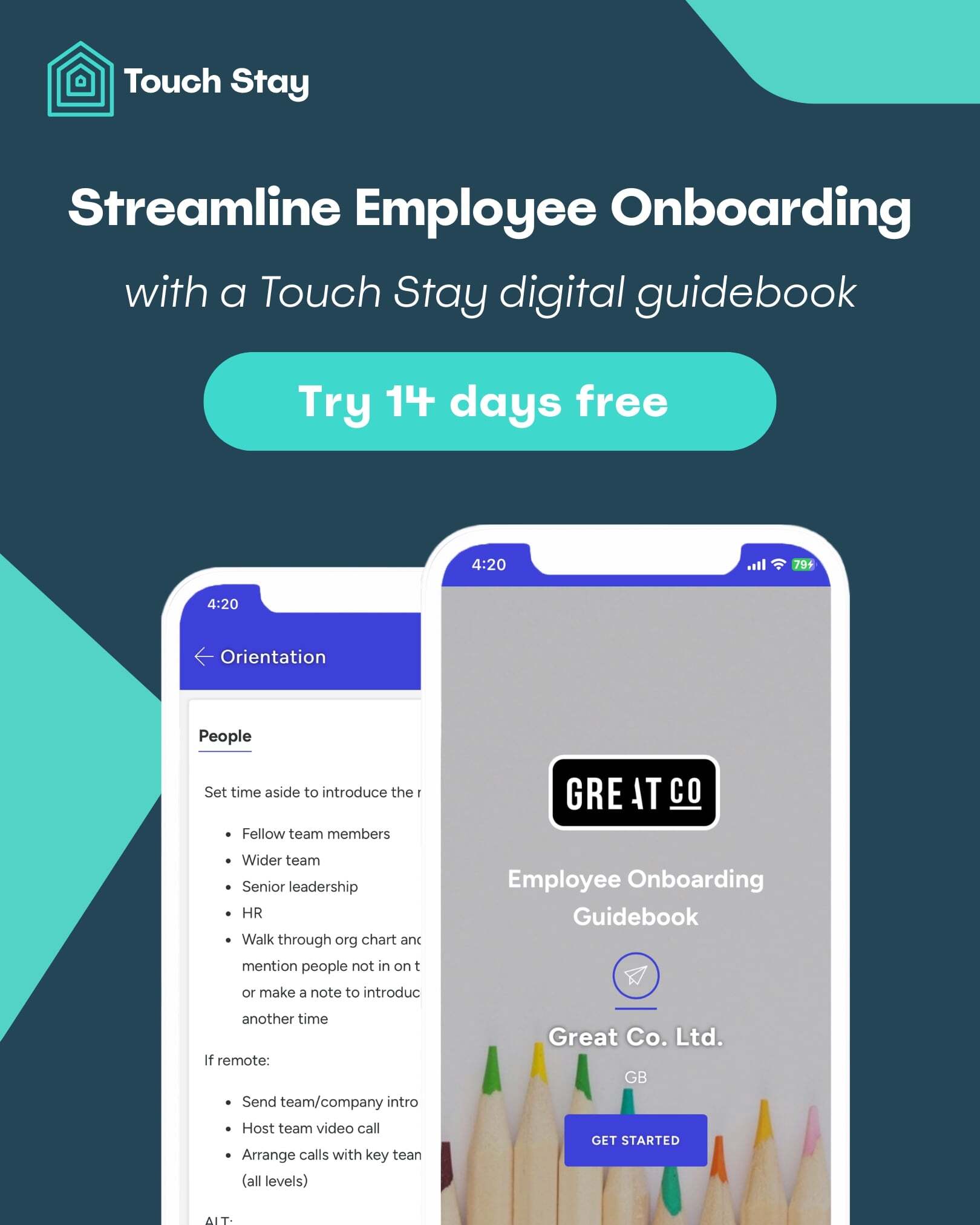I was re-reading a Forbes article recently on the role of consistency in business and it coincided with me debating which supermarket to place an online order with. I was also musing over what to write about in my monthly blog post.
Now I’m not brand loyal when it comes to my supermarket shop. I like to shop around, see what each retailer does well consistently, and then be spontaneous in my choice according to what I need from my shop this time around (e.g. brilliant customer service, budget buys, vast choice, earliest available delivery date).
So you see, consistency and spontaneity, and shopping with supermarkets have a whole heap to do with customer experience. And there are lessons from each of these ginormous retailers in the way they consistently serve but also in how they deliver charming spontaneity to keep me on my toes and coming back (eventually) for more! Lessons, I believe we can all learn from as accommodation operators and marketers.
NB: I’m based in the UK and reference only UK supermarkets in this article, but it’s really about the experiences not the brands – so I hope you stick with my tale to the end. And I’d love to know about any similarities you spot from your own brand of big retailer too!
What have big retailers got to do with being a better vacation rental host?
While I want to identify what we can learn as hosts from big retailers, most importantly of all I want to recognise that big retailers all started small. Not because I think you want to necessarily build an accommodation empire, but because no door is closed to you as far as trying new things out and continually optimising the experience your guests have.
The big two, Tesco and Sainsbury’s, enjoy a 43 per cent of the grocery marketplace yet both started small. Tesco’s roots were in a post war market stall, while Sainsbury’s began life as an independent shop in Holborn, London. They both had a plan (to sell something consistently, make a profit and become known for what they offered). Yet spontaneity contributed heavily to their growth, scale and diversification.
The power play of consistency in customer experience
Let’s first look at the ways in which consistency plays out for hosts:
- in the way we present our businesses (think quality of photos and videos, logos and colours, written and verbal styles, etc.)
- in the communications we have (in terms of the interactions we have with suppliers, peers and guests, their tone and the speed of our responses)
- in the experiences we offer, deliver or enable
Delivering all the above and more consistently is the mechanism that ultimately generates a sweet spot where trust, credibility and reputation congregate in harmony. Where customers or guests know what they’re going to get, time and again.
What about spontaneity?
If consistency is about reliability and intent, spontaneity is about impulse and instincts. And while consistency helps set and manage expectations, spontaneity is often responsible for the memorability of wow factor moments.
Consistency alone has few accolades to aim for these days. In the face of vast competition (whether you’re a retailer or a host), reliability only ticks some of the boxes. Customer expectation demands more.
So while consistency is key, spontaneity is vital.
3 lessons in consistency and spontaneity courtesy of supermarkets
And so, I want to turn to three big brand stores for a lesson in consistency and spontaneity.
The supermarket shop is a constant in my life. I’m the sole female in a house of forever-grazing males. The food shop is both eye-wateringly costly and never quite enough. The blackboard in our kitchen always has a list of forgotten or now wanted items!
I’m based in the UK and within a 2-mile radius I have the option of Waitrose, Lidl, M&S Food, and Co-op. A 15-minute drive and I could choose from a sprawling Sainsburys, Aldi, Tesco or Asda.
With so much choice, and having a high curiosity threshold, I have tried them all and I’m loyal to none. But I dip into each time and again because I know what I’m going to get at each in terms of produce choice and quality, and level of customer service.
This level of consistency means I can manage my own expectations of them too. Yet they have each surprised me with seemingly spontaneous and impressive flashes of extraordinary service at moments in time.
Here’s what the stores and their grocery delivery services have taught me about consistency and spontaneity over the years…
Never knowingly undersold
That’s the soon to be retired slogan of John Lewis from whose fold of employee stakeholder model Waitrose also blossoms. With every staff member to some extent ‘invested’ in the business, customer service has always been valued by the brand therefore reliable.
Yet one spring day a few years ago, spontaneity seemed to shine down like golden sunlight on an ordinarily strip-light lit store when my colic-riddled son made his discomfort well and truly heard!
Imagine the scene: he slept serenely as we scooted the aisles, niggled a little as I unloaded onto the conveyor belt, declined into ear shredding screeches as I’m trying to pack and pay.
In a flash the empathetic eyes and nothing’s-to-much smile of a young ‘partner’, as they call all their staff, had swiftly offered to pack the bags so I could calm the cries. And before I knew it he had wheeled the trolley to the car and loaded the bags in the boot.
I know I can rely on Waitrose for having almost any ingredient I need, on being invariably more expensive than any other supermarket, and on mostly excellent customer service. But also for empowering its partners to deliver their own unique, instinctive and individual customer service when the moment calls for it. That’s the power of spontaneity, right there.
Live well for less
Until spring 2021, that was the tagline leveraged by Sainsburys and played pretty true, especially on one memorable occasion.
My phone rang as I was dashing from school pick-up to home and I knew, from the tight squeeze of my diary and the unrecognisable phone number, that it was the Sainsbury’s delivery person.
Only on this occasion he wasn’t giving me the hurry up, lingering on the doorstep waiting for me to get back. He was broken down, a couple of miles away, and delivering an outpouring of apologies.
The pour guy sounded stricken – imagine how many calls he was having to make. The gist of the conversation was that either he’d be late (who knows how late and how much fresh produce could be salvaged) or because he knew I was only down the road, I could ‘click and collect’ from his broken down vehicle – delivery fees waived.
Everyone needs an after school diversion every now and then, and he threw in a free chicken because someone else wasn’t able to collect and he wasn’t sure how long he’d be able to keep things cool enough.
I don’t doubt that this kind of scenario is planned for in an organisation of this size, but I’ve always wondered just how much his reaction was ingrained training and how much was on-the-spot smarts. Either way, his graciousness in a crisis (and a free chicken!) embedded a memory for me.
Big on quality, Lidl on price
I don’t have high expectations of this budget supermarket: it’s significantly cheaper to shop here, stock varies, staff numbers are low. But almost always I experience friendly service from a clearly stretched team, and invariably I come home with something new to try.
Lidl’s self service checkouts are notoriously slow to recognise when a scanned item has been placed in your bag. The ‘wait for an assistant’ red light triggers frequently! It’s frustrating for customers and staff.
Yet on a particularly short staffed day mid pandemic, I felt compelled to complement one staff member for jumping – almost literally, and repeatedly – from main checkout swiping to self-checkout red light clearing. Always with a smile on her face. Yet nobody really expected that of her, price is leveraged over service in appealing to their target audience. But that lady’s instinct was to help as many people as possible and keep her store moving.
Lidl also brings spontaneity to the fore for customers through the constant presence of aisles selling things you never thought you needed and ever changing world food ingredients. It’s a store that continues to surprise and delight and that’s a win for them and for their customers.
Consistency and spontaneity in practice
All of these experiences remind me of what Nick Ellis of Spicer Retreats talked about on our webinar last year. They take a little time to understand a guest’s likes, dislikes and desires, and in their ‘creativity room’ they rustle up unique and memorable items for guests.
To quote Nick: ‘it’s 90% inspiration, 10% execution’. But delivering unique experiences is so ingrained in their guest-first strategy that they have a room for it – that’s consistency. Curious about the extent of their creativity? Watch the playback.
The joy for the guest in all this is both unexpected and invaluable. One spontaneous test that’s well received by the guest, could sow the seed for a new constant in the delivery of your guest experience. This is an opportunity to stand out ahead of others and to be the talk of your guests’ holiday tales time and again.
Humans, machines and automation can all deliver consistency. But only human instinct and imagination can spark spontaneity. The power of human touch is an integral part of service delivery and customer experience.
Through a combination of order (consistency) and disorder (spontaneity) retailers are consistently delivering excellent experiences. Accommodation operators, vacation rental owners and managers can do this too. What will you try today?
Want to train your brain to be more spontaneous? Read this Fast Company article
Kate
Be the first to know!
Join our newsletter for early access to:
- ✅ Free guides
- ✅ Pro tips & tricks
- ✅ Time saving tutorials
- ✅ Latest blog posts
- ✅ Checklists & templates




















